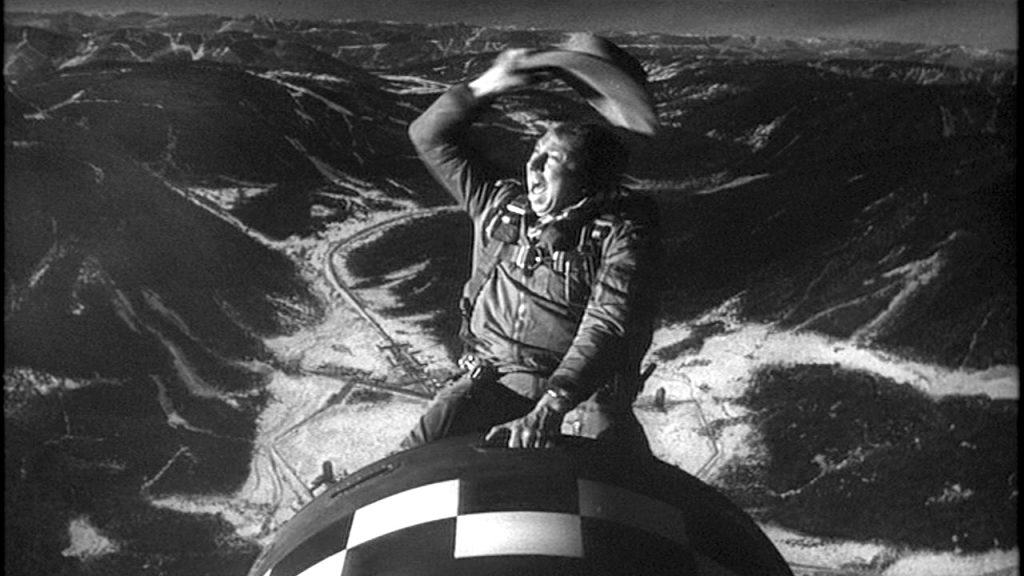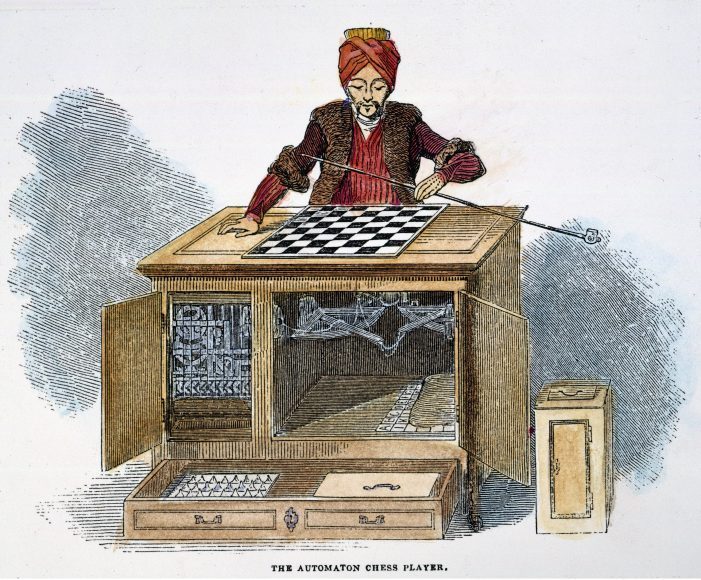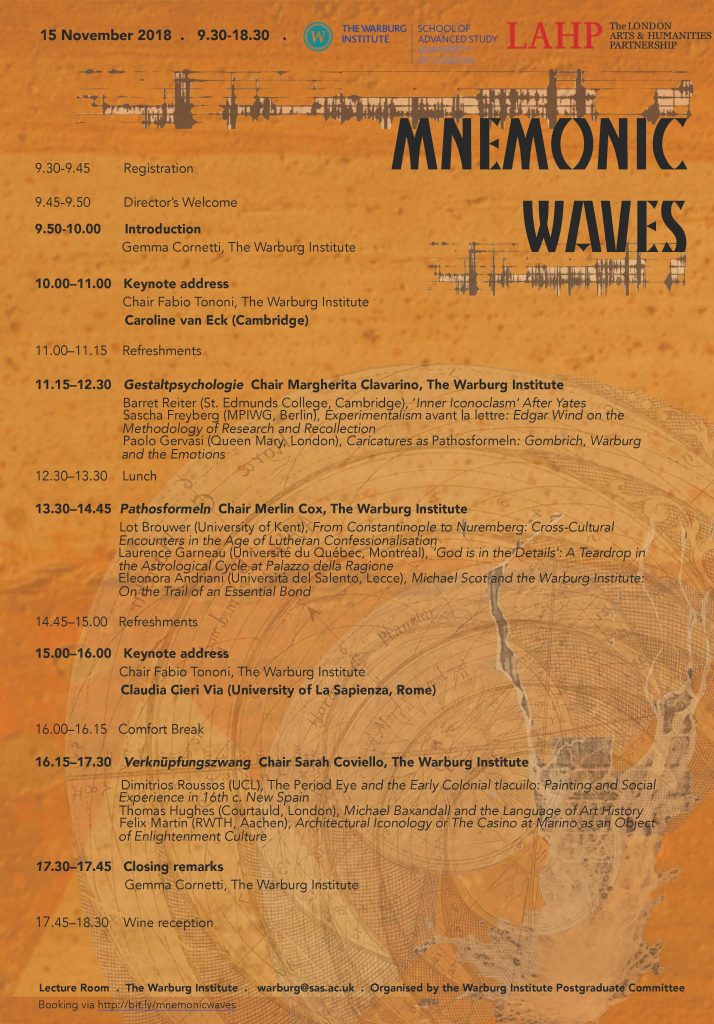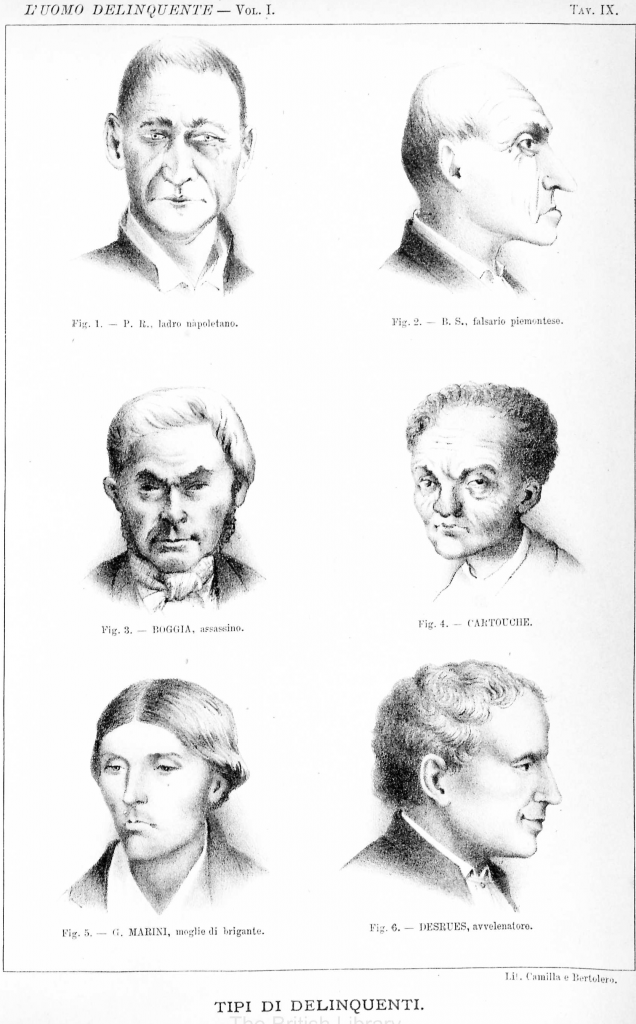The third issue of the journal L’Età del Ferro has just been released. In it I published the following text, responding to the harsh criticisms opposed to the assumption of neurocognitive perspectives in the study of literature, and more in general to the most recent development in the field of humanities, contained in the journal’s previous issue. The complete title of my intervention sounds Doctor Strangelove or: How I Learned to Stop Worrying and Love the Humanities.
Category Archives: 19th Century
Clockwork Mind
What follows is the text of the article I published within the magazine Oracoli. Saperi e pregiudizi al tempo dell’Intelligenza Artificiale. The Italian title was La mente nell’ingranaggio.
Non è il primo automa della storia, non è nemmeno davvero un automa, ma è uno dei congegni più suggestivi dell’era moderna, sicuramente il primo a porre il problema della concatenazione e dell’ibridazione tra essere umano e macchina. Per questo il Turco giocatore di scacchi, concepito nel 1769 dal barone ungherese Wolfgang von Kempelen per meravigliare l’imperatrice Maria Teresa d’Austria e la sua corte, resta una delle invenzioni più famose di sempre, un “robot” ante-litteram che non si lascia archiviare come una bizzarra curiosità antiquaria, ma torna a interrogare l’umanità, quasi come se tra i suoi ingranaggi fosse nascosto il mistero originario della tecnologia.
Oracles
I participated in the organisation of the project Oracoli. Saperi e pregiudizi al tempo dell’Intelligenza Artificiale, designed by the publisher Luca Sossella Editore with Emilia Romagna Teatro Fondazione and Unipol Gruppo. It is a series of lectures on the philosophical, historical, social, ethical and economic challenges connected to the emergence of artificial intelligence. I designed and edited a journal describing the project and expanding the reflection around the main issues it will address.
I also published an article in the online magazine CheFare, Oracoli’s partner, discussing how literature over time diversely imagined possible extensions, evolutions, empowerments and re-creations of the human mind and body. Continue reading
Caricatures as Pathosformeln
Last November 15 I participated in the postgraduate symposium of the Warburg Institute Mnemonic Waves, with a paper on caricatures and the post-Warburgian studies titled Caricatures as Pathosformeln. Gombrich, Warburg, and the Emotions, of which I publish here the text.
Mnemonic Waves
I’m really excited to be one of the speakers of the forthcoming symposium Mnemonic Waves, to be held in London at the Warburg Institute next November 15.
Caricature as emotional knowledge
I publish here the talk I’ve given at the Mis-Shapings conference last September 13 at Queen Mary University.
Do we believe in physiognomy? Do we believe, as the Italian anthropologist Cesare Lombroso did, that psychological, emotional, moral attitudes of the individuals can be divined by observing the shape and features of the face?
No, of course we don’t. Physiognomy is pseudo-science, dismissed knowledge, superstition. We can’t make assumptions merely relying on appearances. Can we?
Actually, we do. We do it in our daily life, often unintentionally. But even when we look at artworks we allow us to believe in physiognomy. Continue reading
Mis-Shapings
On Thursday 13th September 2018 will take place at Queen Mary University of London (Mile End Campus, Arts One Building, Room 128) the international conference Mis-Shapings. The Art of Deformation and the History of Emotions. I’m organising the conference, as coordinator of the Marie Skłodowska-Curie research project Misshaping by Words, in association with the Queen Mary Centre for the History of Emotions.
Concept
A well established and long-standing bond exists between the representation of the forms and postures of the human figure and the expression of emotions. But how does this change when the body represented is deformed or mis-shapen? This is a question that an interdisciplinary range of scholars, covering a wide chronological period that extends from the Renaissance to the 20th century, will explore in the one-day Mis-Shapings conference.
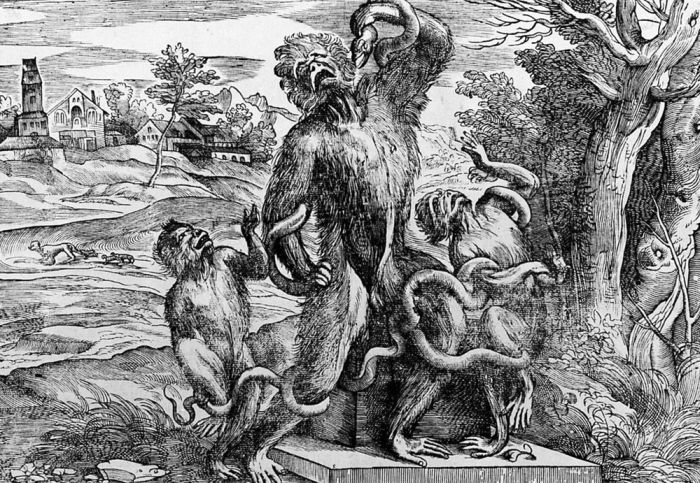
Niccolò Boldrini, Caricature of the Laocoon, after Titian, 1540
Mis-Shapings: abstracts
Here are brief descriptions of the papers that will be presented next September 13th at the Mis-Shapings conference.
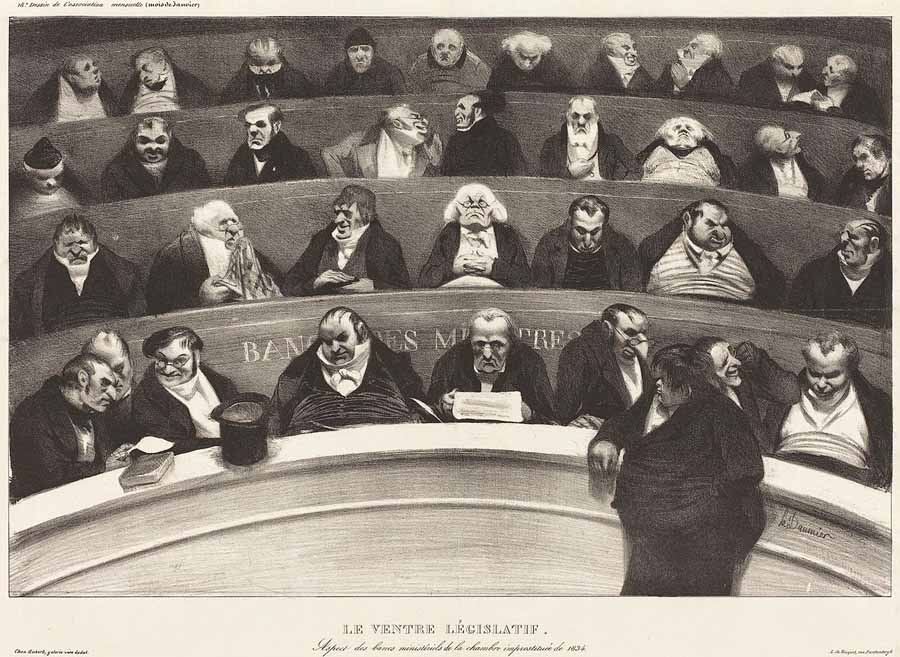
Honoré Daumier, Le ventre législatif, 1834
Mis-Shapings: speakers
Here are the bio-bibliographical profiles of the Mis-Shapings conference‘s speakers.
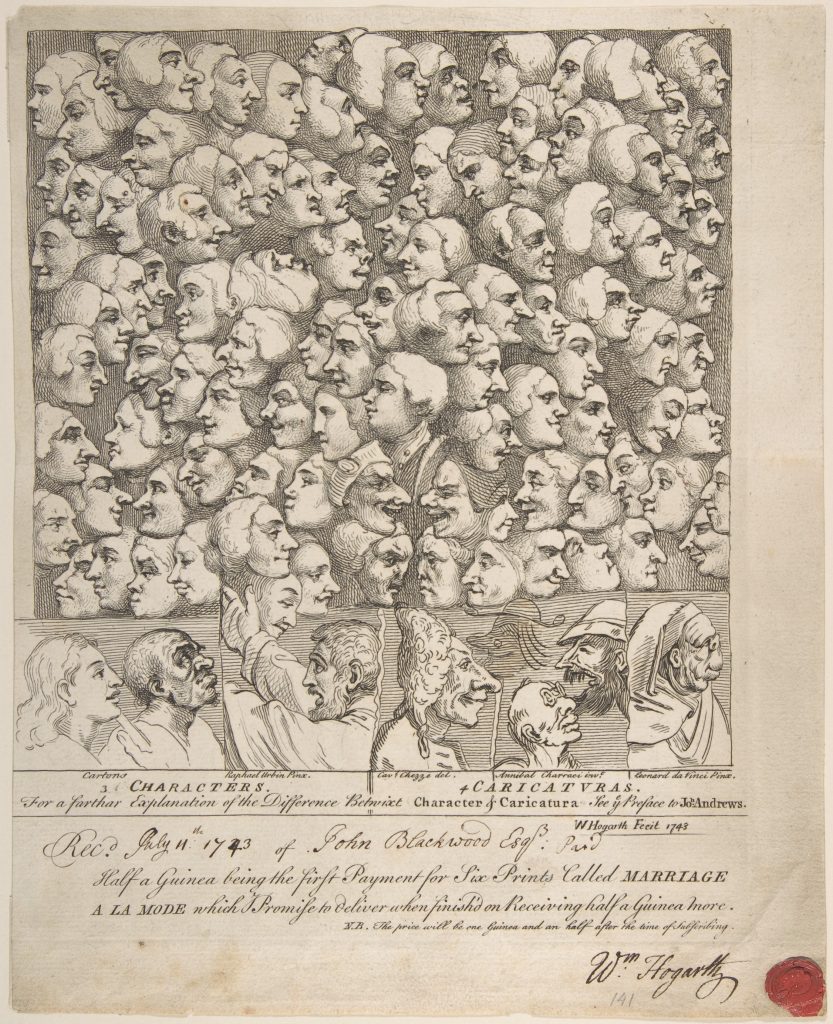
William Hogarth, Characters and Caricaturas, 1743
Manzoni: grimaces of power
In chapter XIII of Alessandro Manzoni’s I promessi sposi, Renzo, one of the two betrothed, is involved in a riot in Milan, where people, exasperated by food shortage, start assaulting the bakeries. To placate the rioters and rescue an official who risks being lynched by the crowd, the Chancellor Antonio Ferrer is forced to intervene. Manzoni represents in his portrait all the hypocrisy and duplicity of power embodied by Ferrer. While cutting through the raging crowd with his wagon, Ferrer shows a hyperbolically smiling face, «a countenance that was all humility, smiles, and affection». He also tries to enhance his intervention with gestures, «now putting his hands to his lips to kiss them, then splaying them out and distributing the kisses to right and left». Ferrer pronounces the empty keywords that are supposed to please the crowd: bread, plenty, justice. But at the end, overwhelmed by the pressure of voices, faces, and bodies surrounding his vehicle, he draws in, puffs out his cheeks, gives off a great sigh, and shows a completely different expression of intolerance and impatience. Continue reading

